Analysis of the General Aggression Model in Psychology Report
VerifiedAdded on 2022/12/27
|18
|768
|99
Report
AI Summary
This report provides a comprehensive overview of the General Aggression Model (GAM), a social-cognitive framework for understanding aggression and violence. It defines aggression and violence, and outlines the tenets of the GAM, including various types of factors (person, situation, and environmental). The report details proximal and distal factors influencing aggression, such as scripts, alcohol abuse, attitudes, and environmental modifiers like cultural norms. It explores the components of the GAM, considering situational, personal, and environmental factors. Additionally, the report examines the benefits of psychological theories, cognitive skill development, and emotional intelligence. It concludes by highlighting the significance of the GAM model in the modern context, increased globalization, and impact of modern social norms, along with a list of references.
1 out of 18
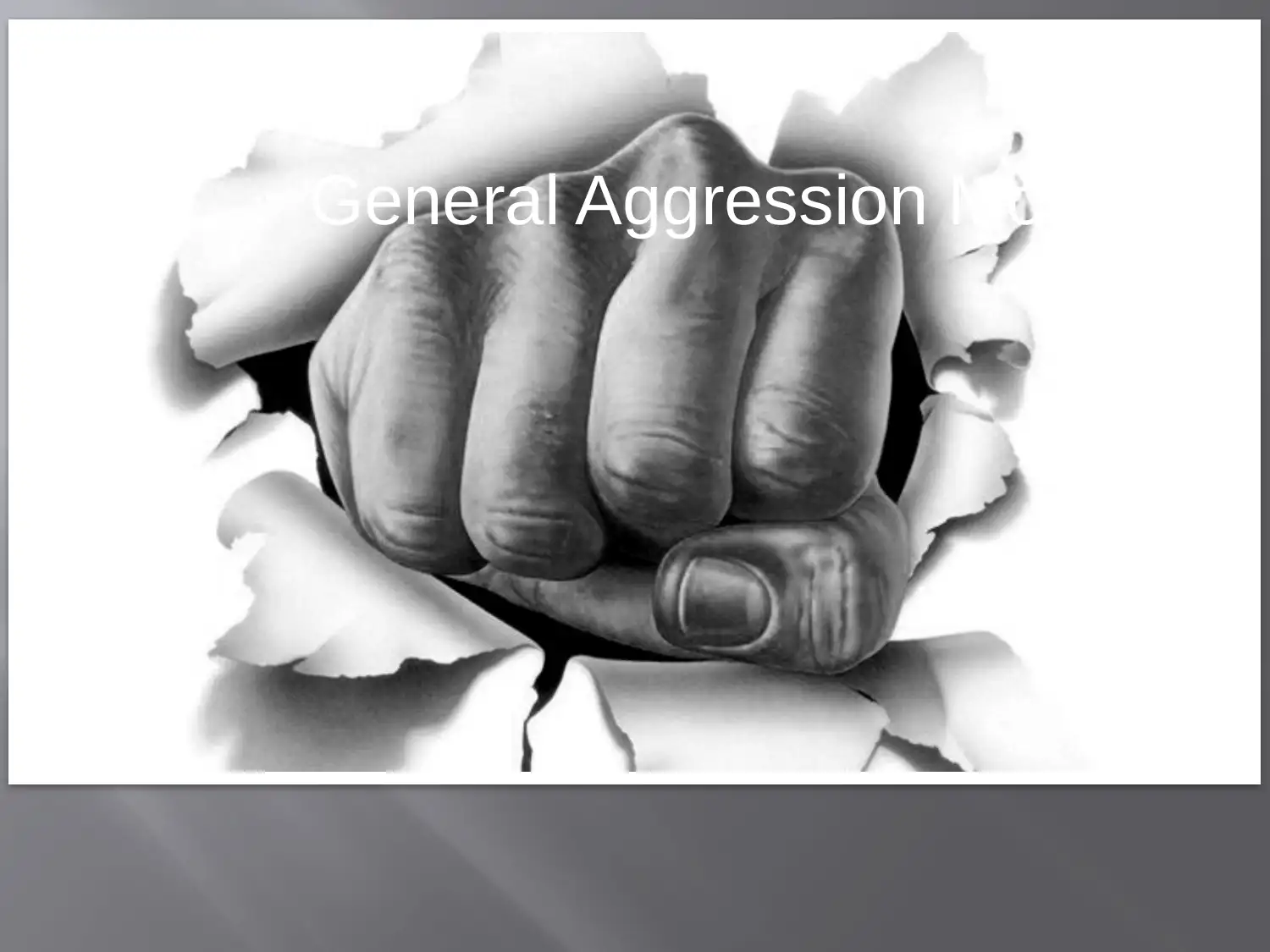
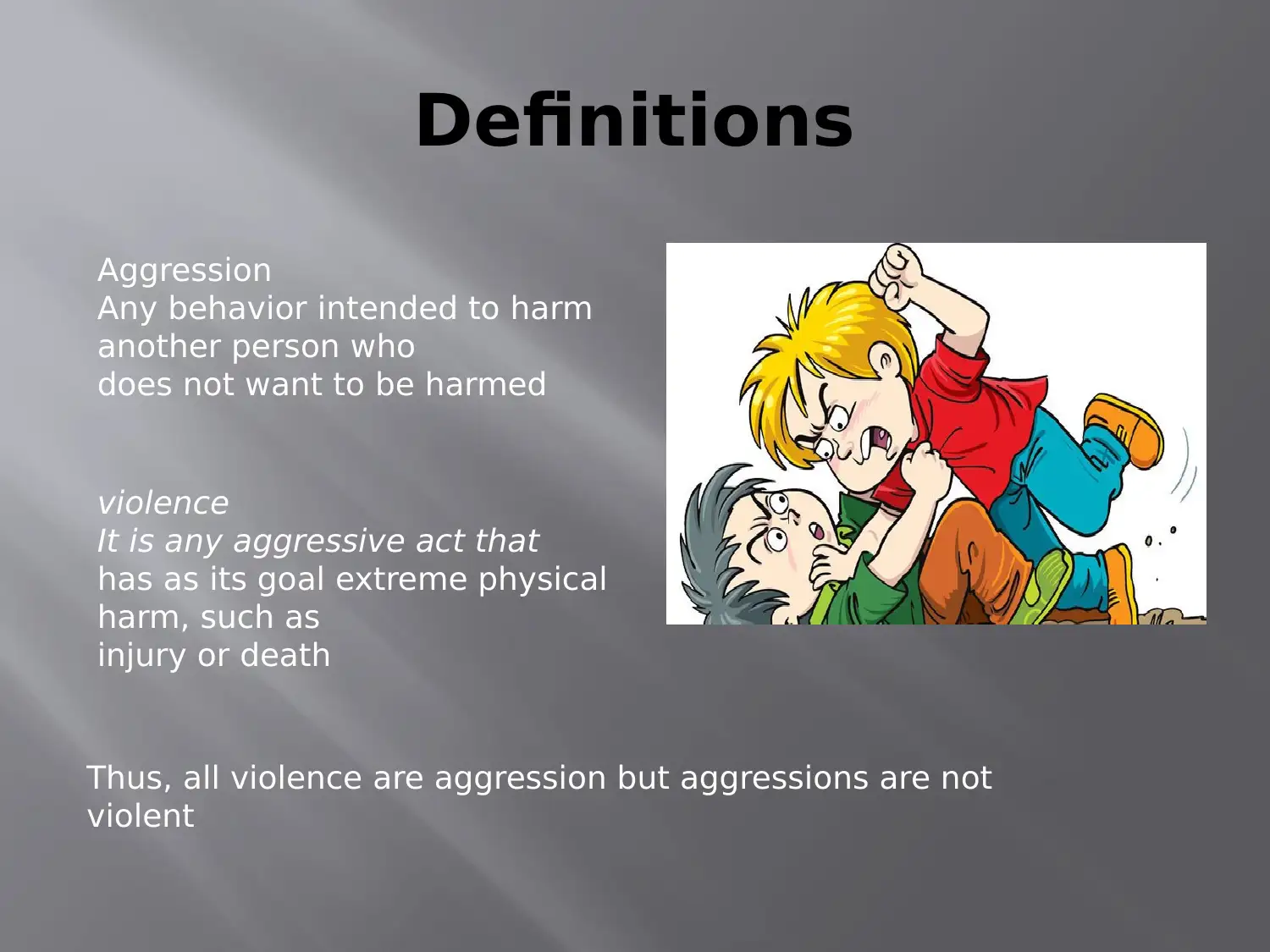
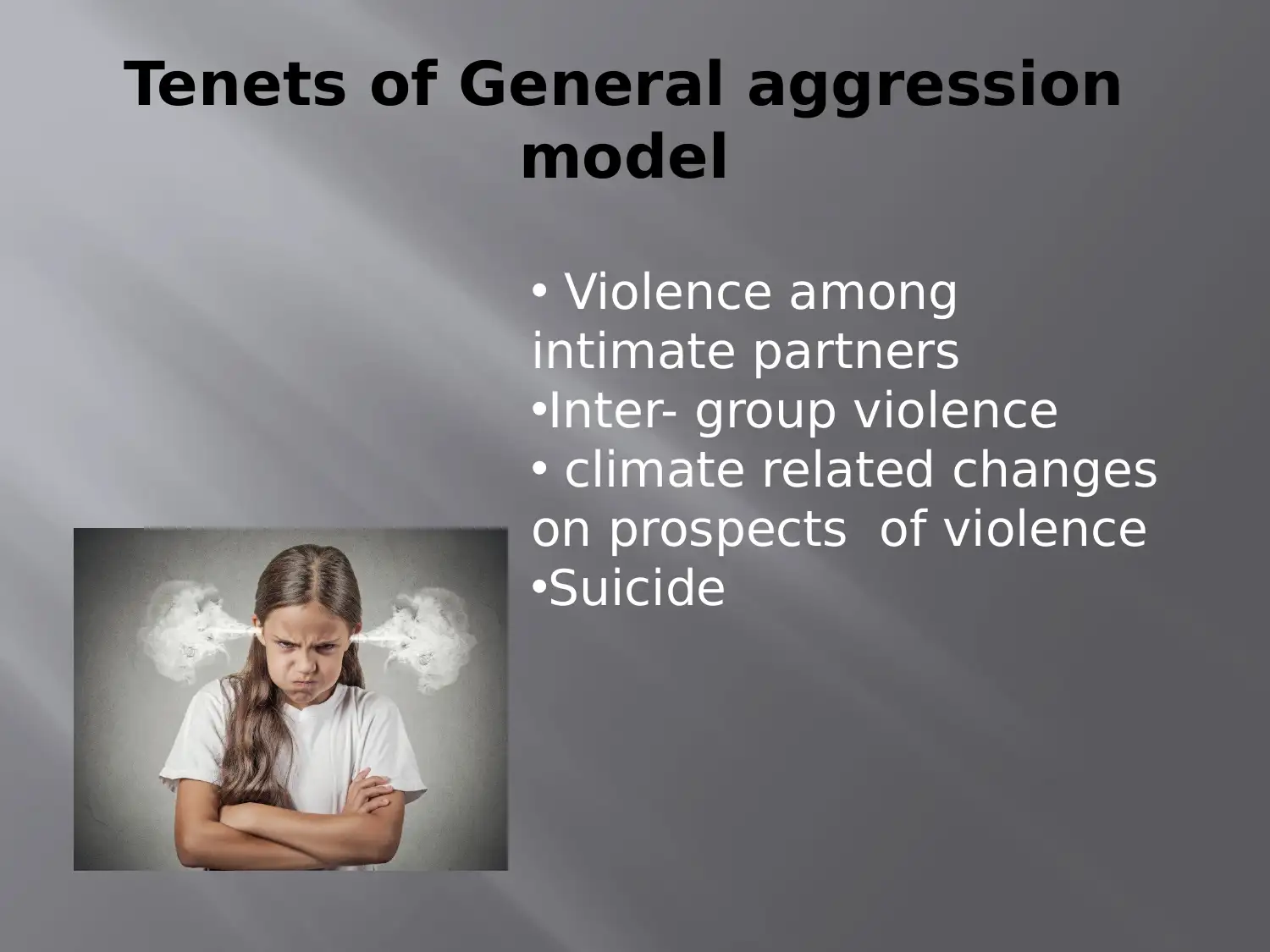

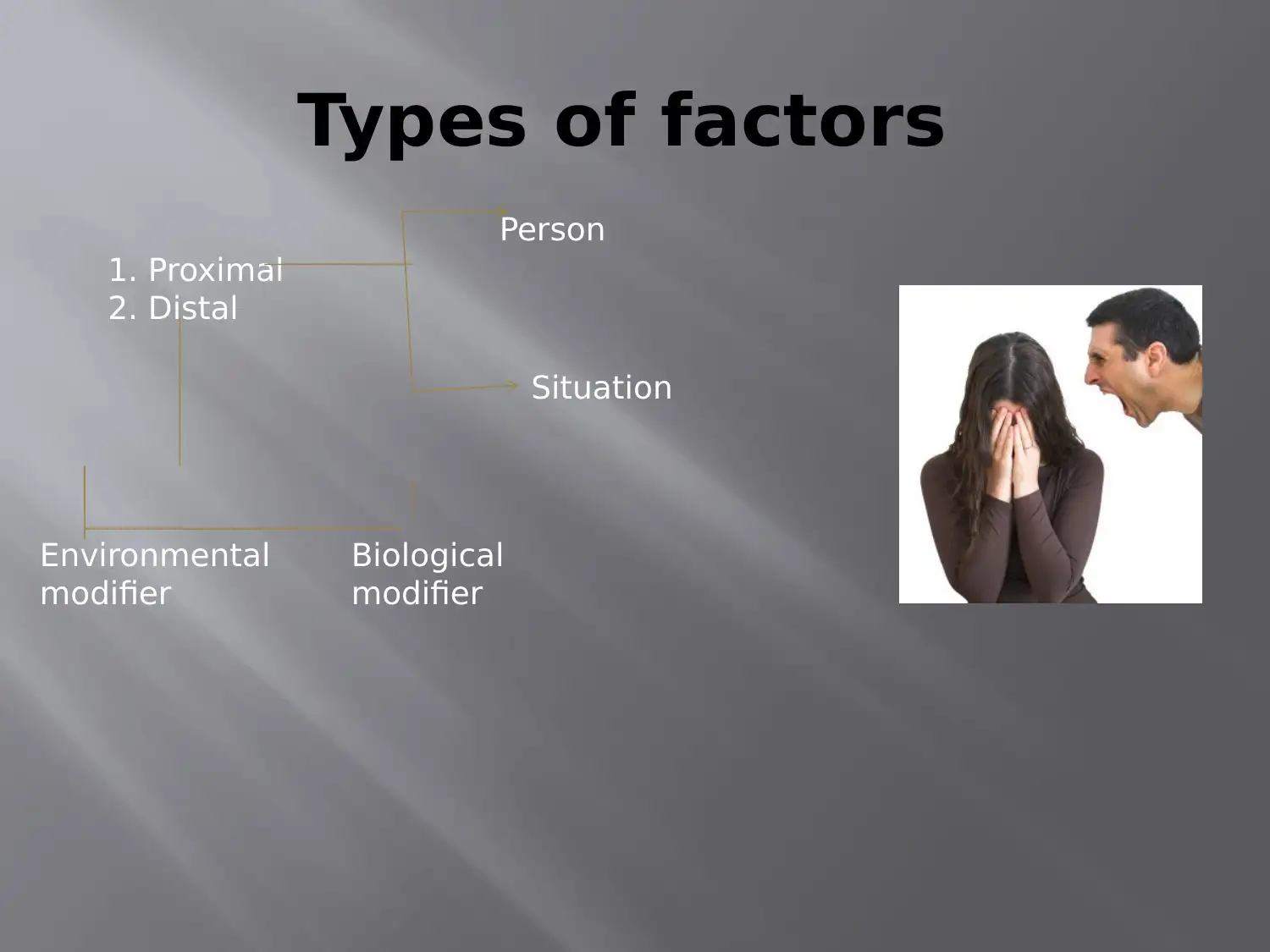
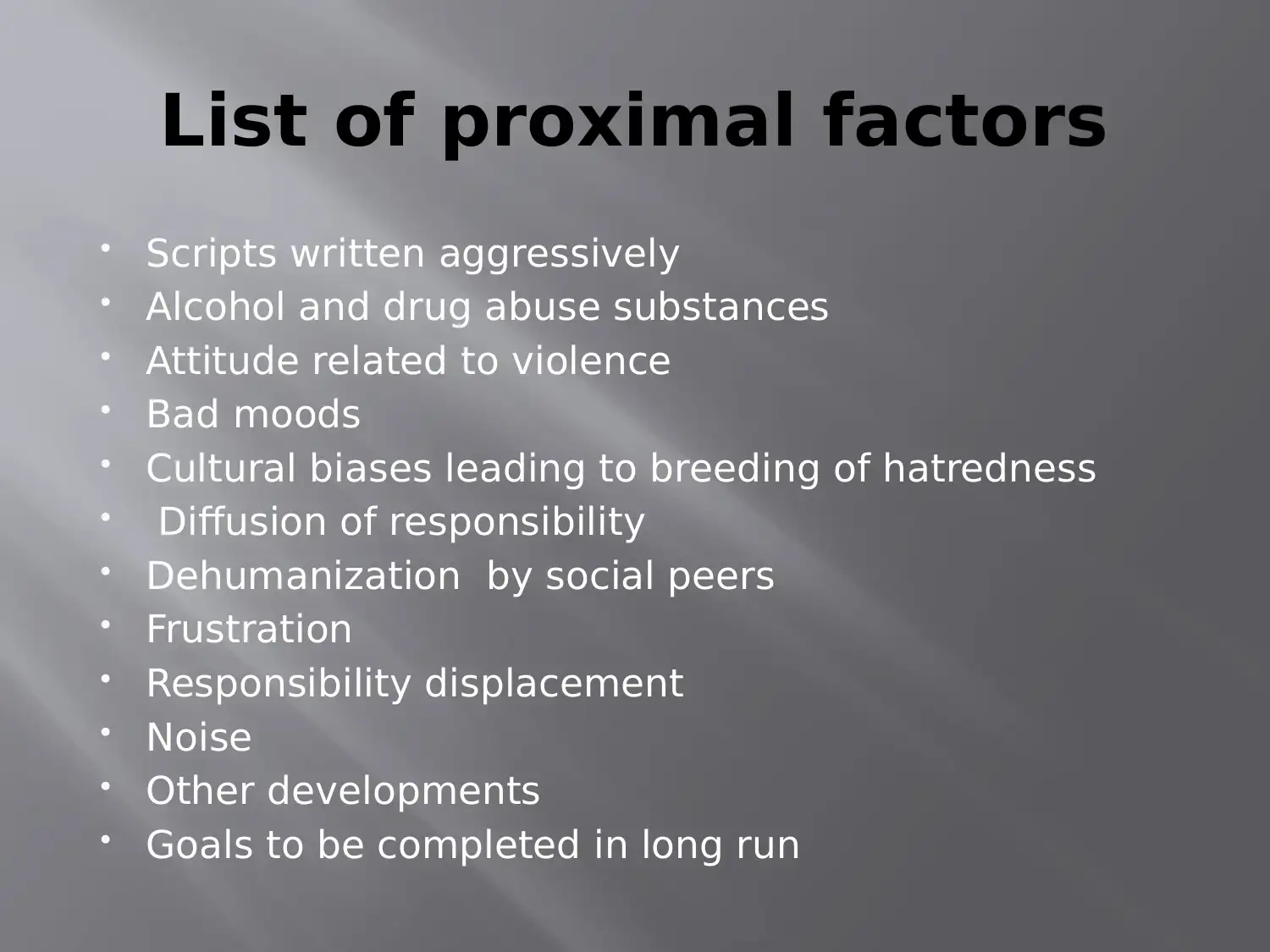
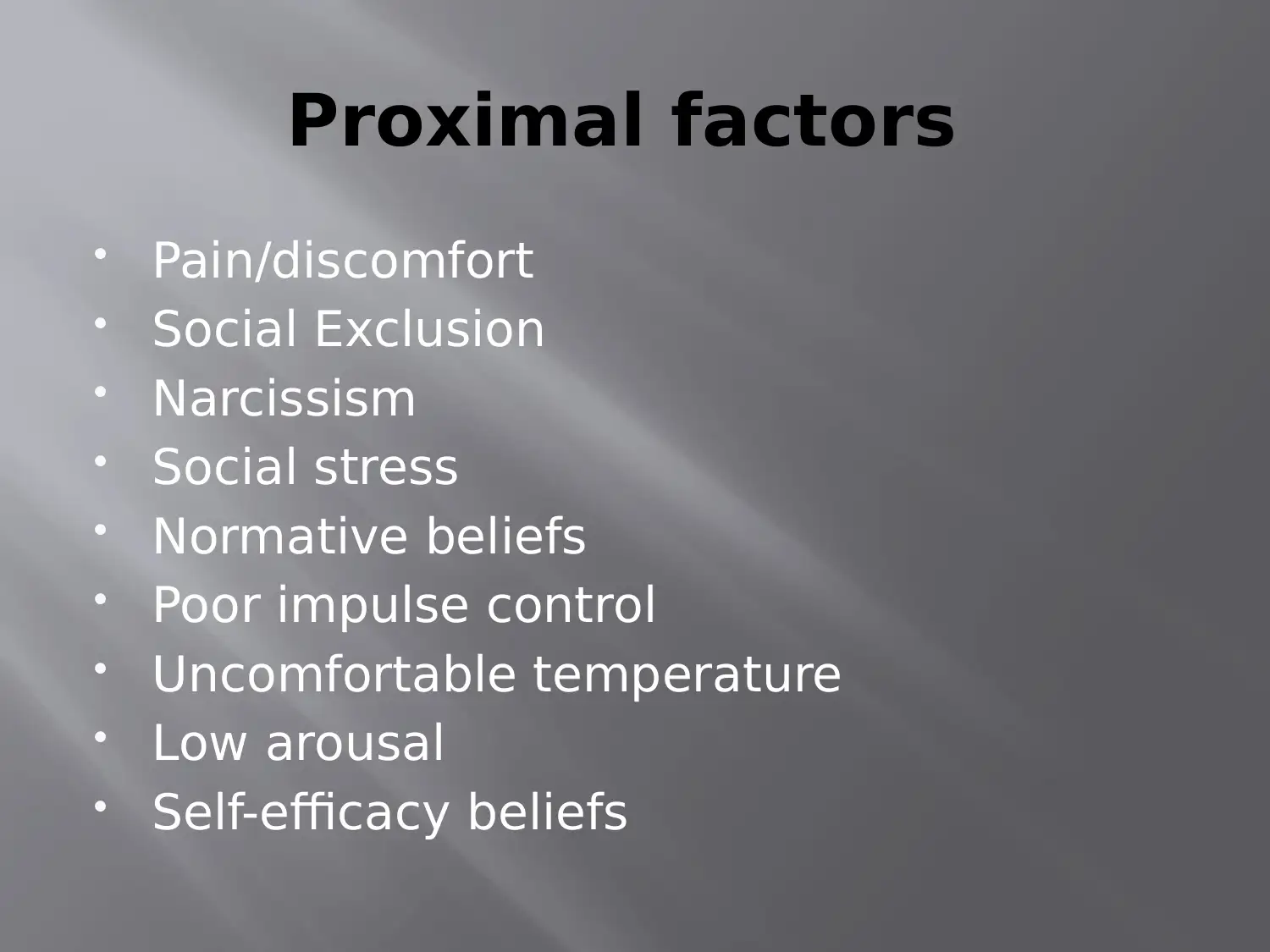
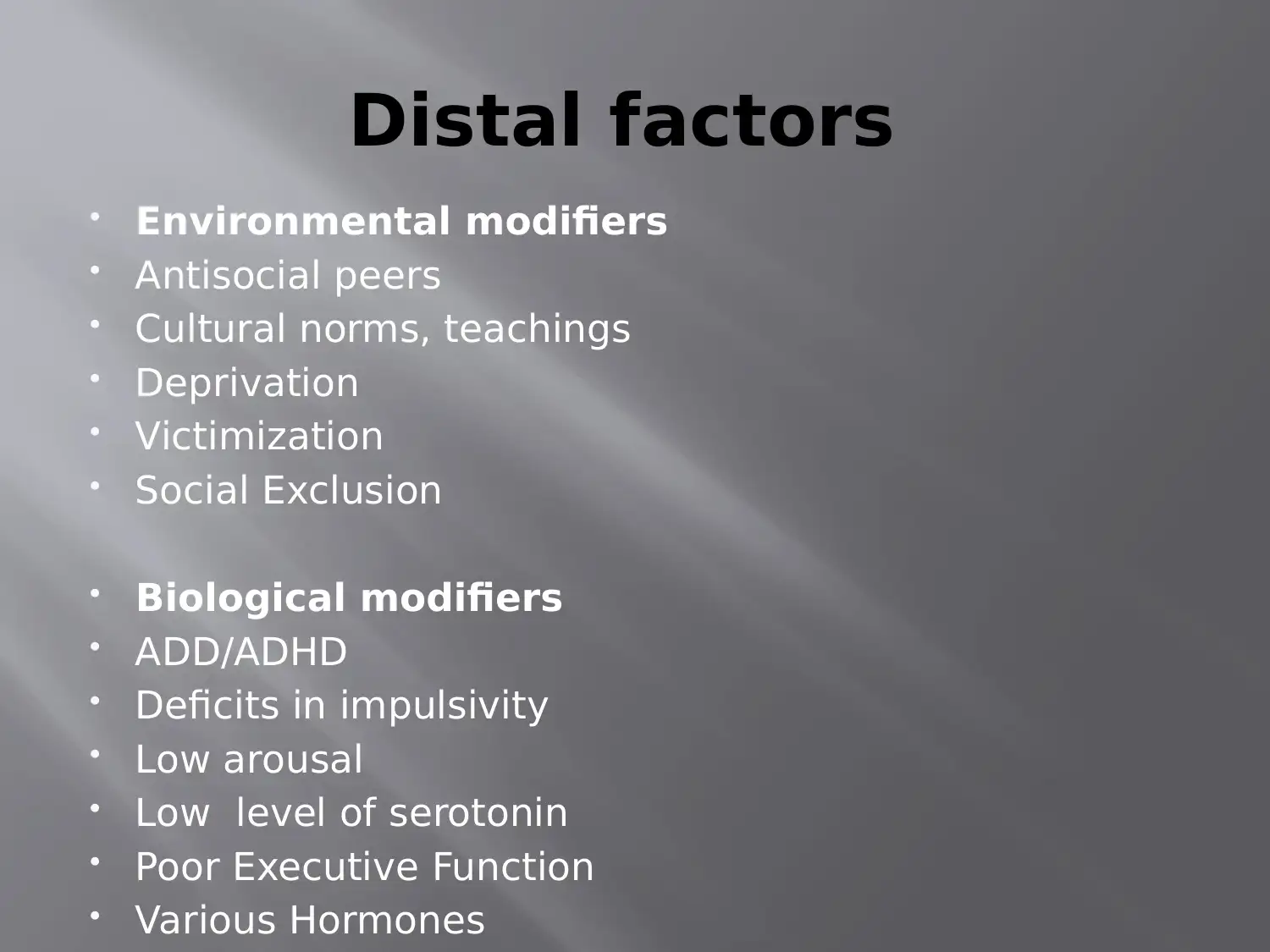
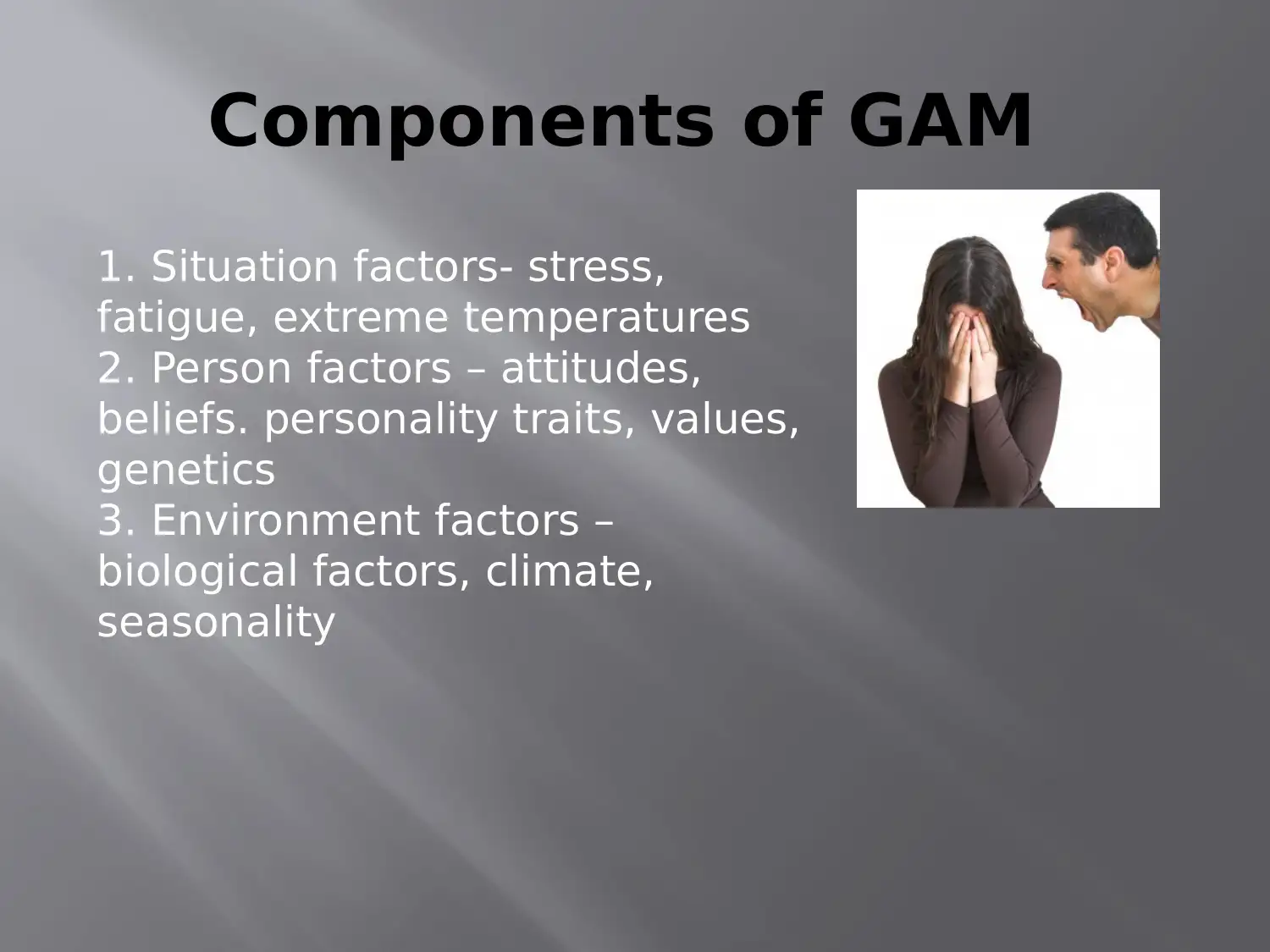
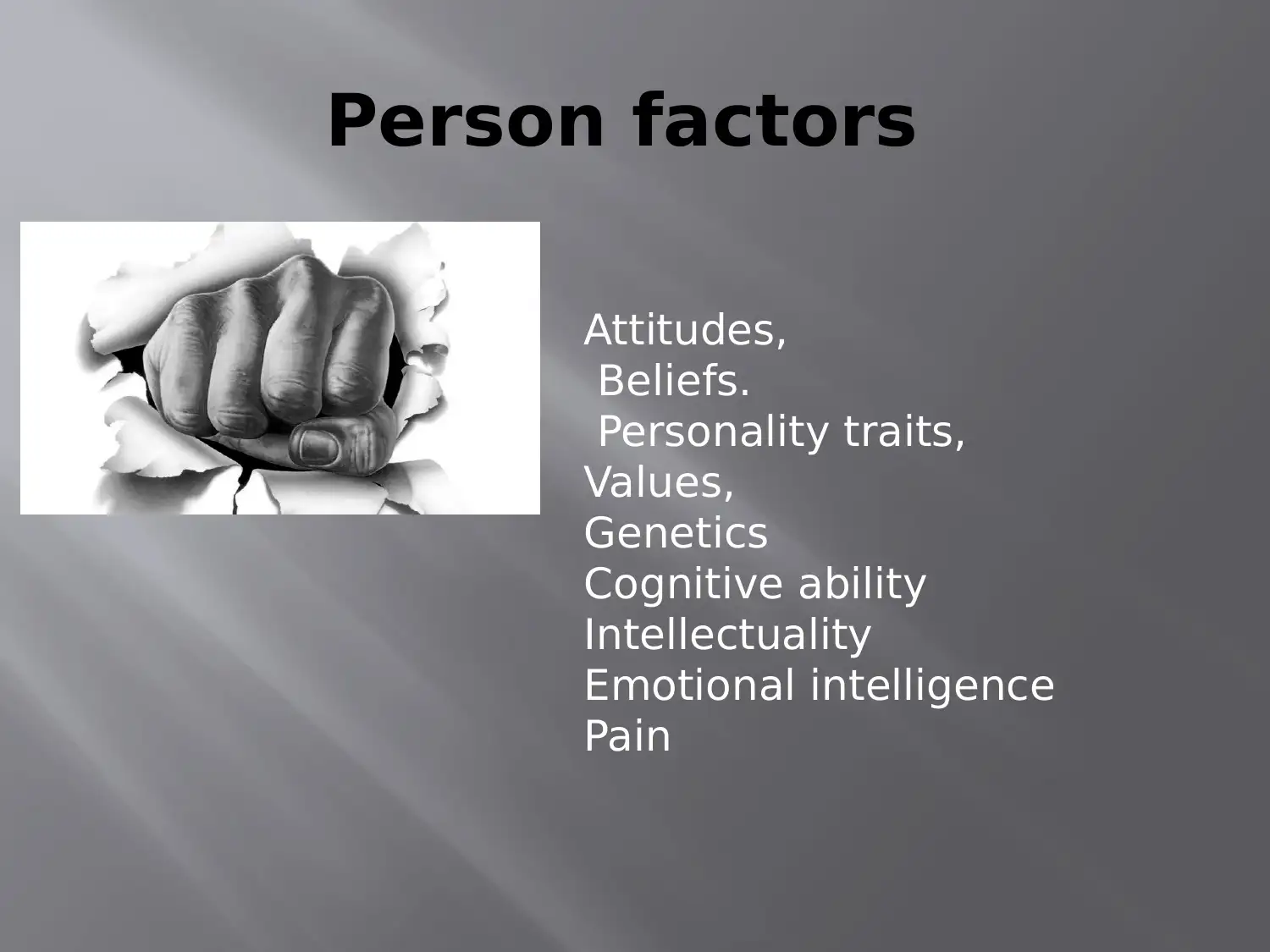
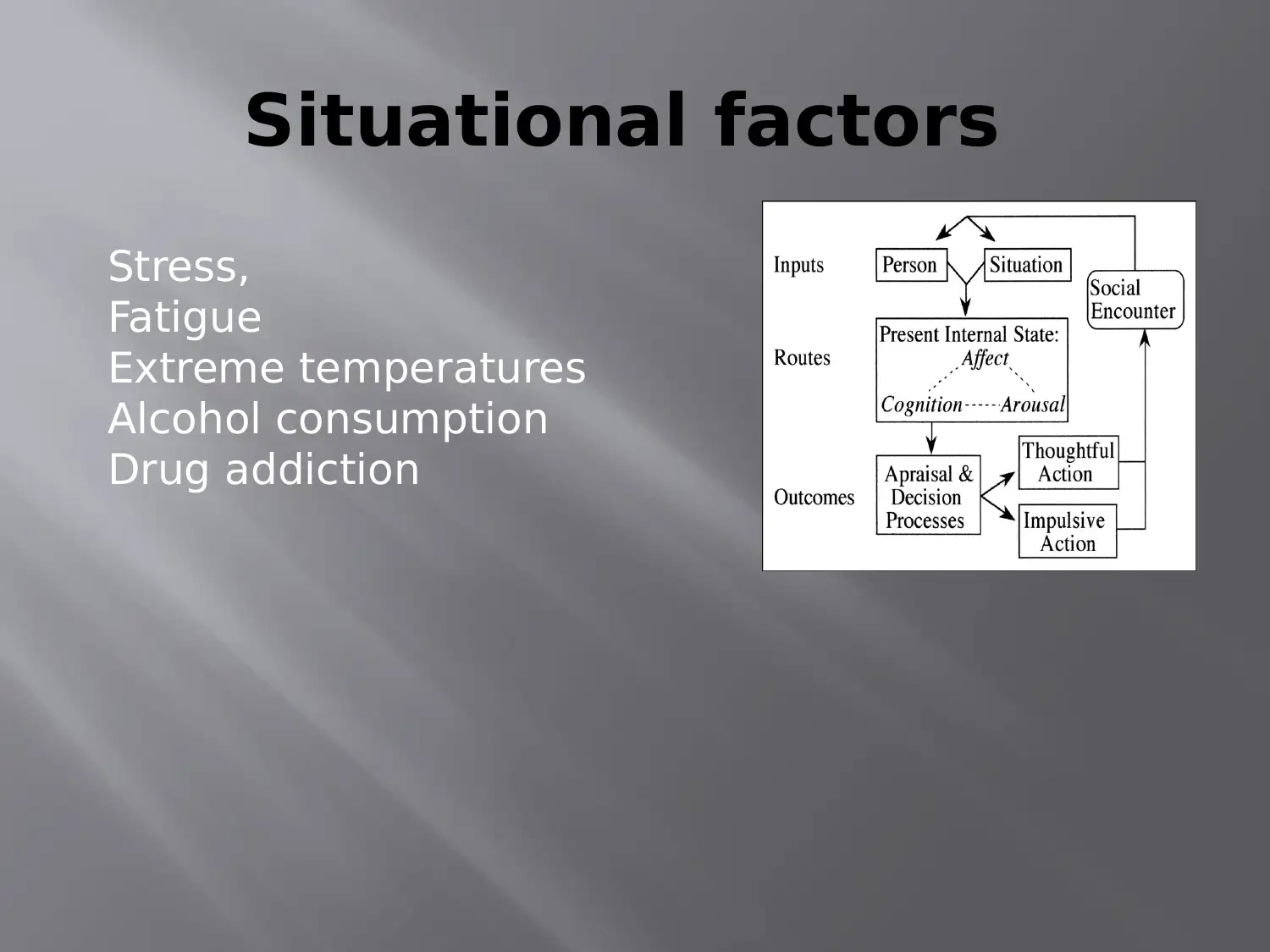
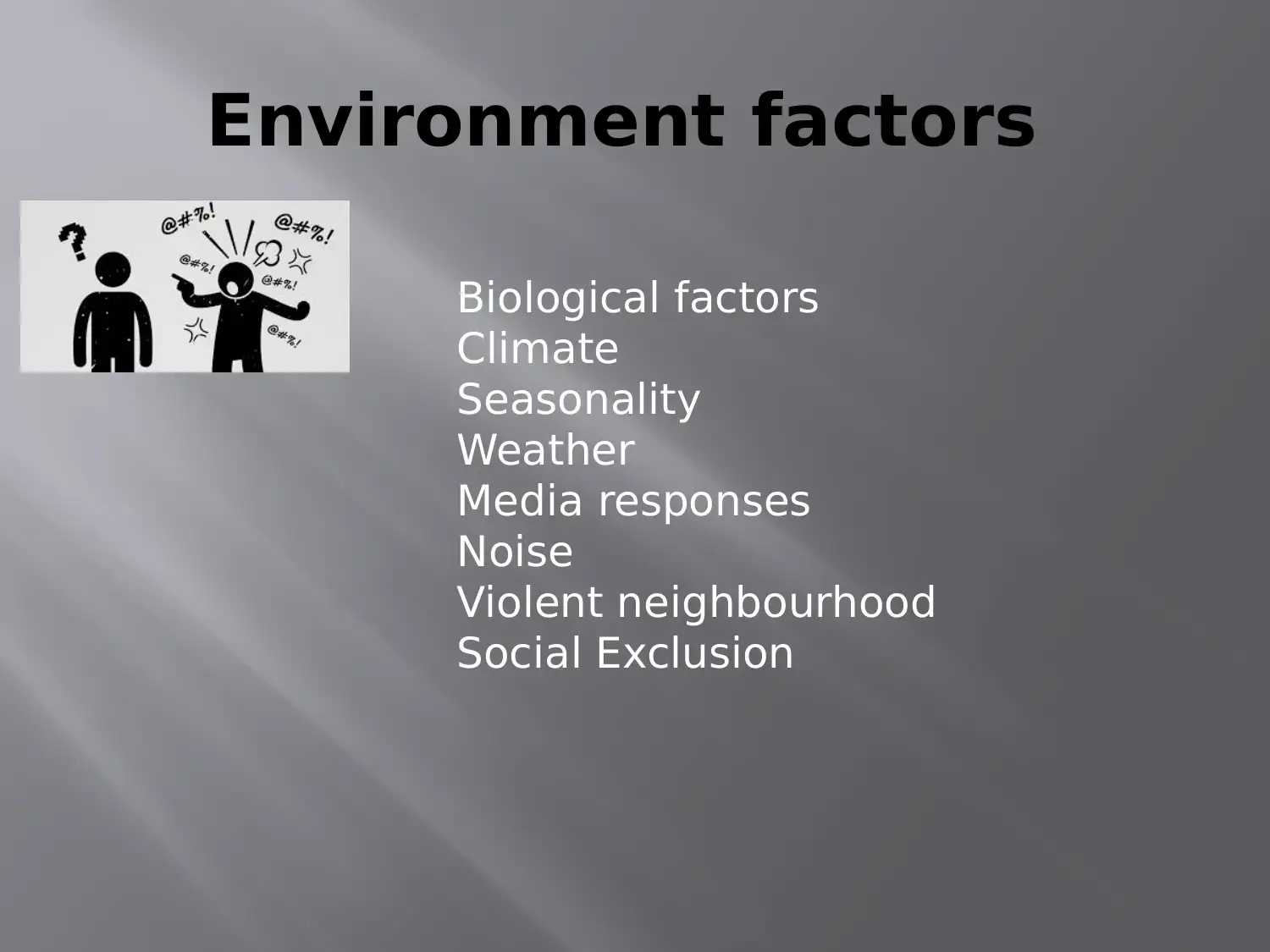
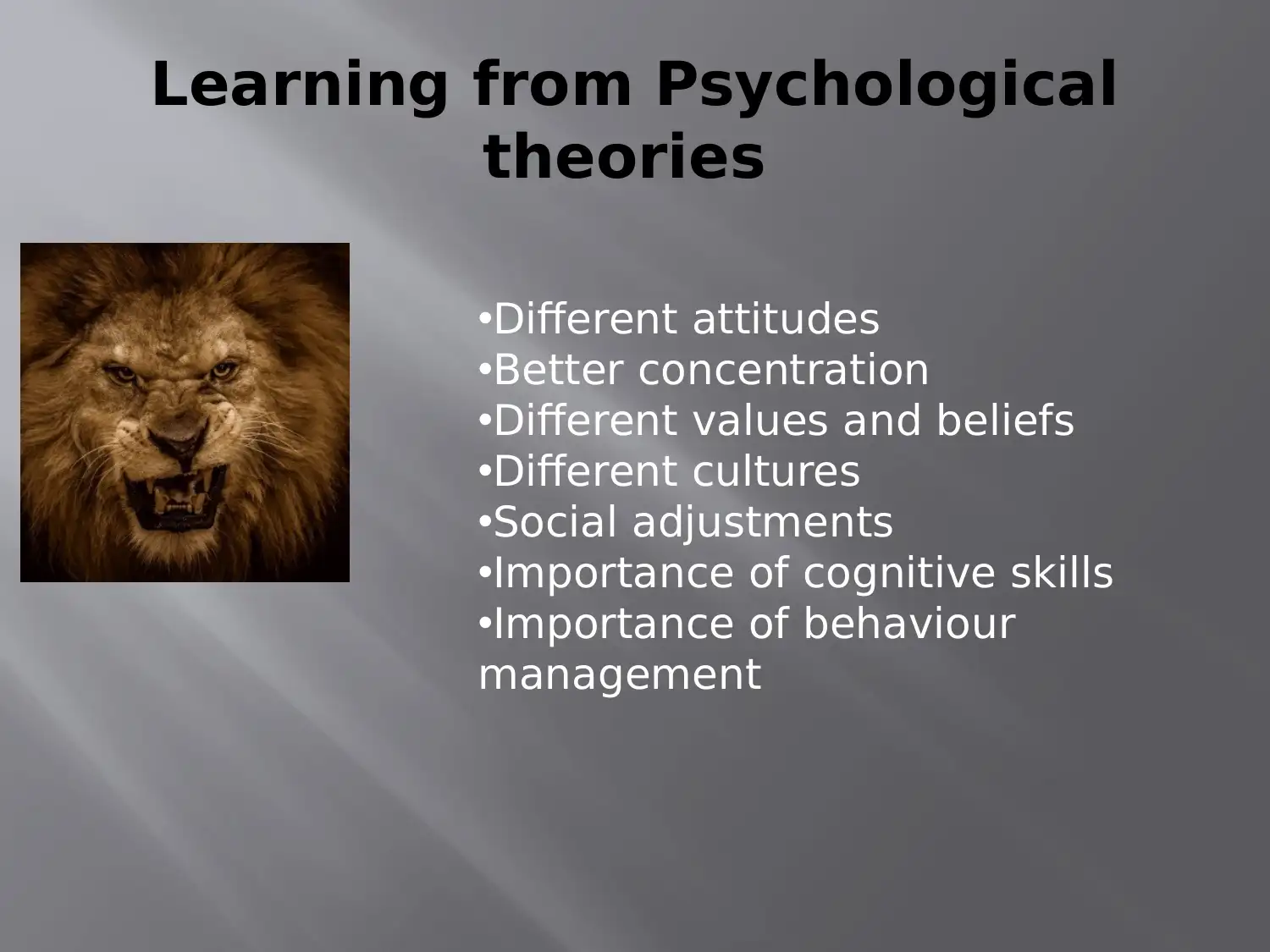




![[object Object]](/_next/static/media/star-bottom.7253800d.svg)